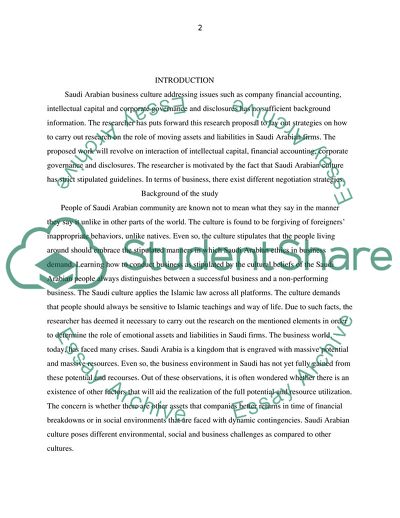Cite this document
(Intellectual capital quantitative approach Research Proposal, n.d.)
Intellectual capital quantitative approach Research Proposal. https://studentshare.org/finance-accounting/1828769-intellectual-capital-quantitative-approach
Intellectual capital quantitative approach Research Proposal. https://studentshare.org/finance-accounting/1828769-intellectual-capital-quantitative-approach
(Intellectual Capital Quantitative Approach Research Proposal)
Intellectual Capital Quantitative Approach Research Proposal. https://studentshare.org/finance-accounting/1828769-intellectual-capital-quantitative-approach.
Intellectual Capital Quantitative Approach Research Proposal. https://studentshare.org/finance-accounting/1828769-intellectual-capital-quantitative-approach.
“Intellectual Capital Quantitative Approach Research Proposal”. https://studentshare.org/finance-accounting/1828769-intellectual-capital-quantitative-approach.


